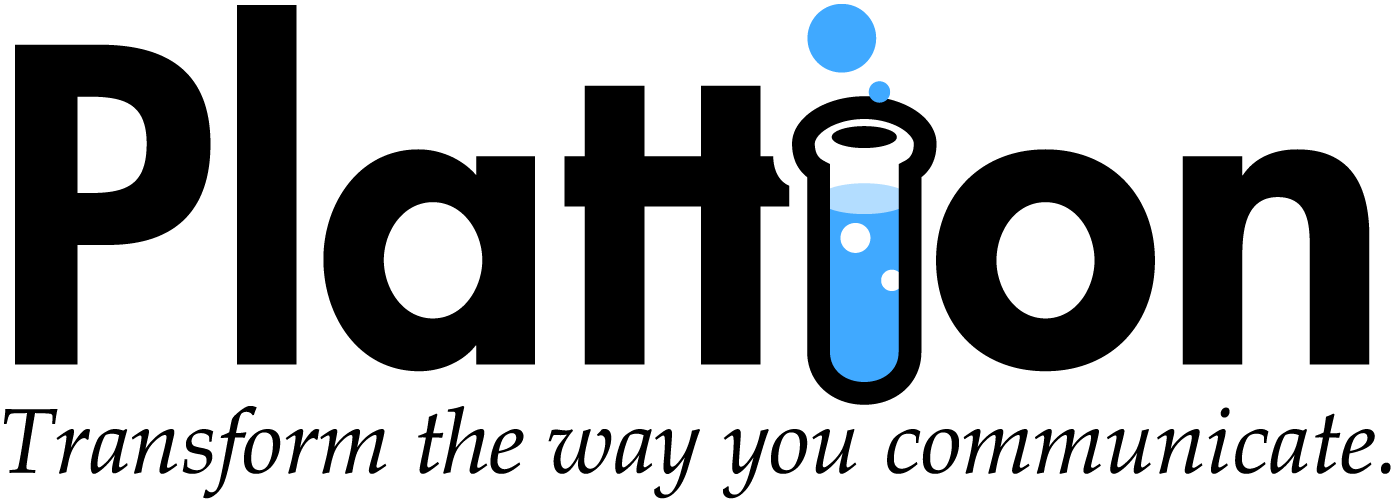Why You Don’t Need to Fear Facebook’s Open Graph
A lot has been written about Facebook’s changes in the way they handle private data since they’re moving away from Facebook Connect and into Open Graph. I’m not going to rehash what Open Graph is here (but you’re welcome to read about it) but I do want to talk a little about what this means for where Facebook is going and what trends this signals for user privacy.
First of all, no one has a bigger incentive to protect your data than Facebook. If Facebook wants to own your online identity, and it’s pretty clear that they do, they will face many of the same challenges that credit card companies face in regards to trust. If users don’t trust their data with Facebook then their entire business model will be in ruins. This is an important point because many are saying that Open Graph is just an attempt by Facebook to sell off your user data in the hopes of getting some residual traffic back to their site. This just isn’t the case.
Another common response to any change in online security is this notion that privacy has always been a myth and these recent developments just make it more obvious to consumers. I disagree with this though and believe quite the opposite. Facebook actually gives its users some of the most advanced privacy tools of any site that features user profiles. The problem is that people don’t know how to use them. Many people are shocked when they what data is passed whenever they “Like” something through Open Graph but that information is already public. If Open Graph does anything in this regard it reinforces the need for average consumer to get smart about what personal data they make public. A case could be made for this being taught in school at a very young age.
Lastly, what does this mean to publishers and developers? Facebook Connect already gave us access to single sign on and passing simple information between Facebook and the external world so what makes this different. The difference is that the permissions barrier is gone. Simply “liking” something, to use one example of Open Graph, now sends a much more detailed snapshot of the visitor to the site. If you’re targeting 28-34 year olds and the people “liking” your content are significantly younger…or from the wrong country…or the wrong gender…you can now make adjustments. It’s an instant survey of sorts.
While the introduction of Open Graph may have made the world a slightly more complicated place for Facebook users, smart consumers will see a long term benefit from technology like this that will far outweigh the steeper learning curve to manage their privacy.







Recent Comments
adminSays
Yep, that worked. Thanks
adminSays
Threaded comment reply